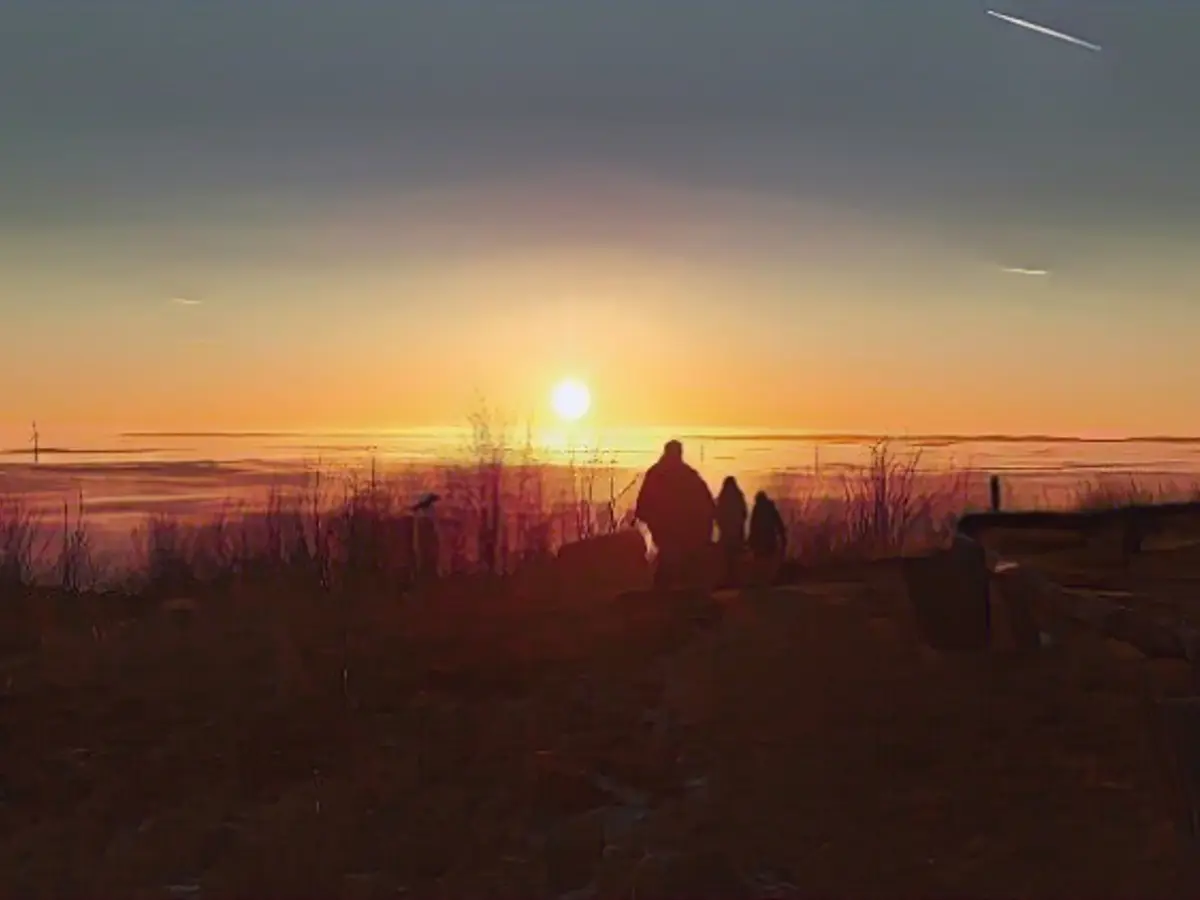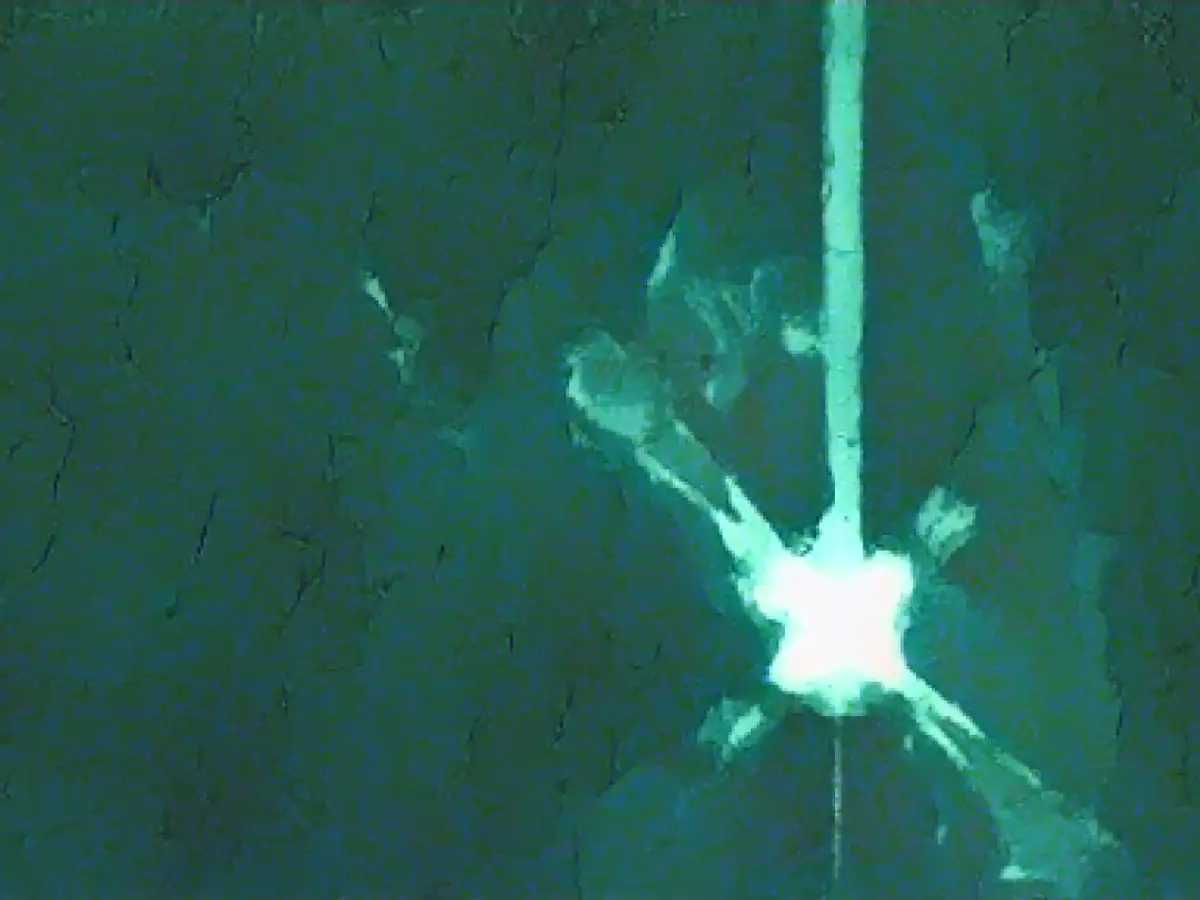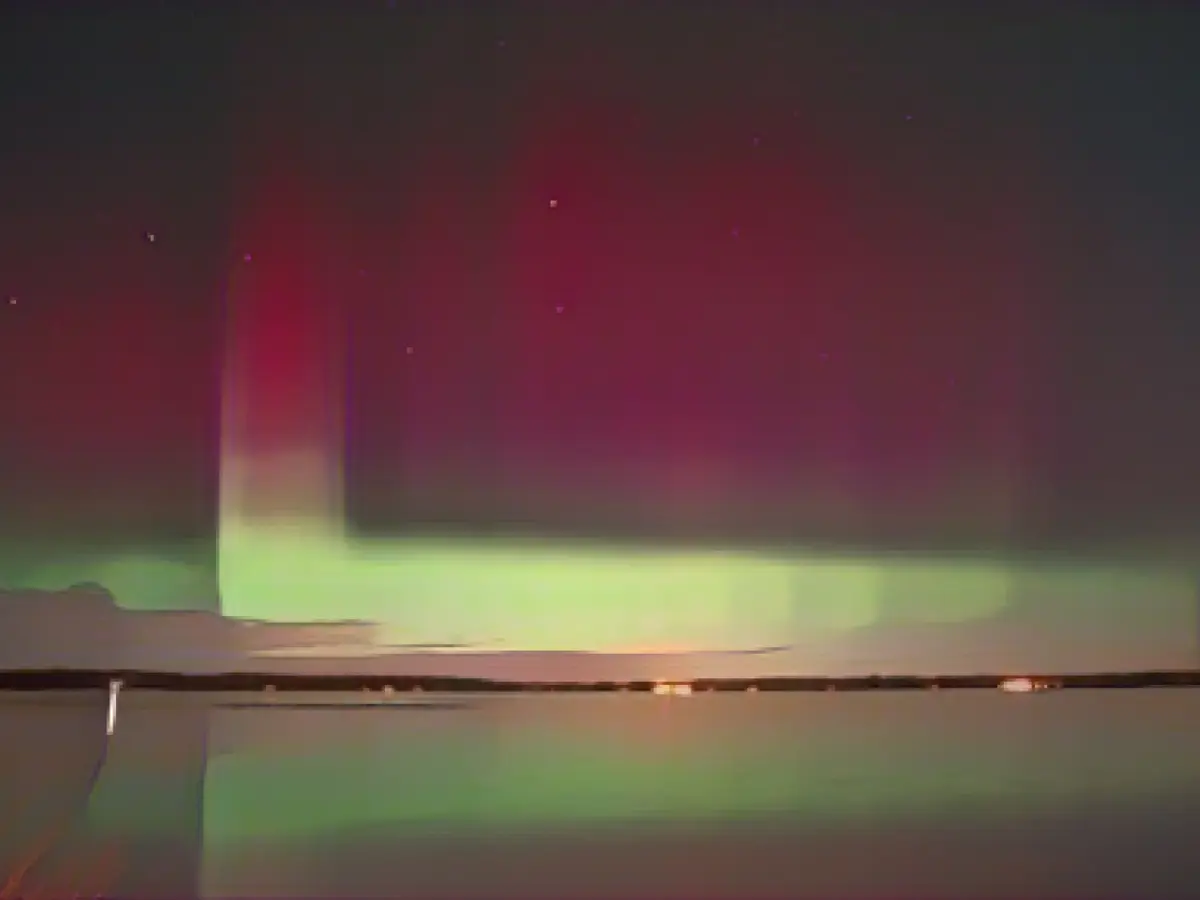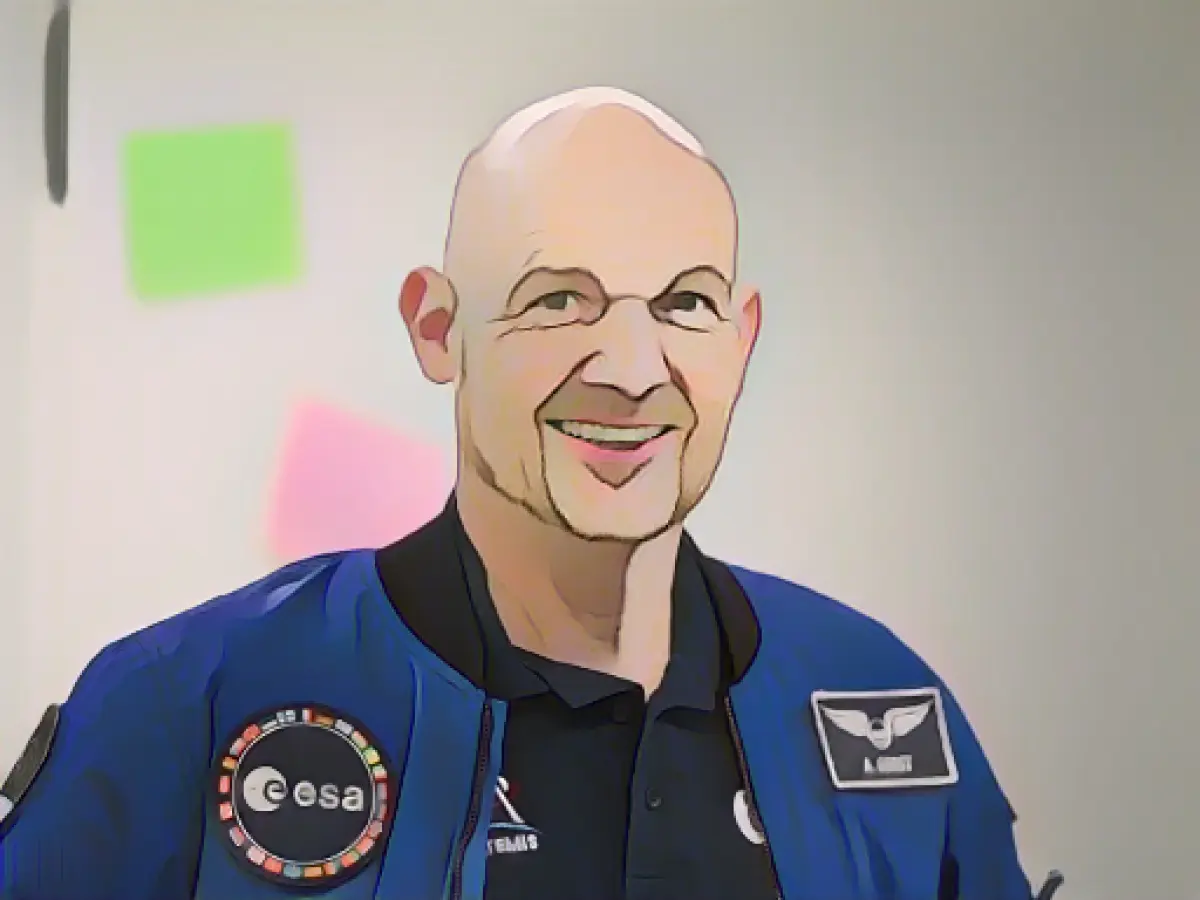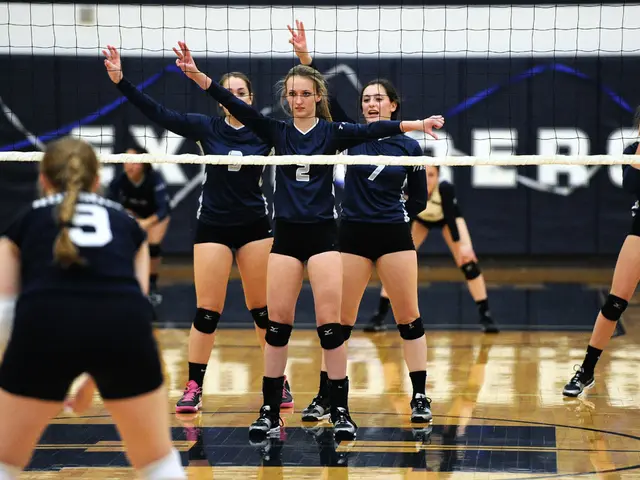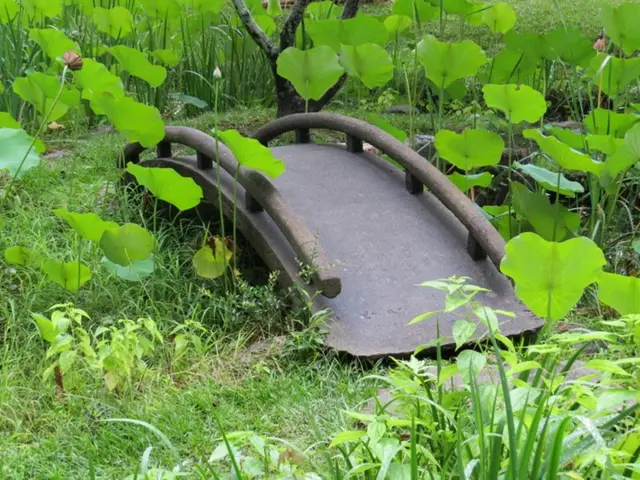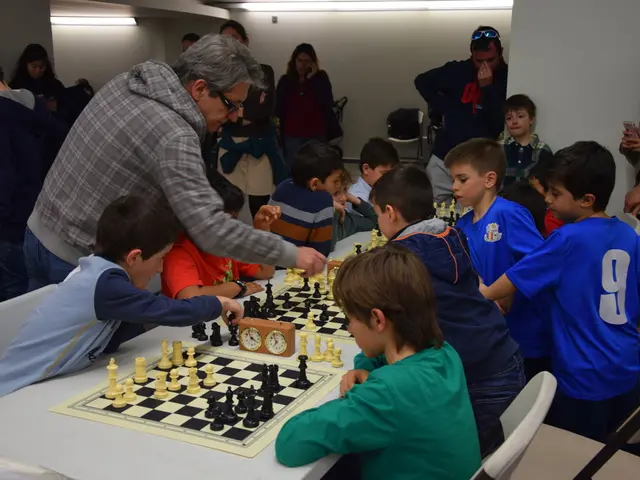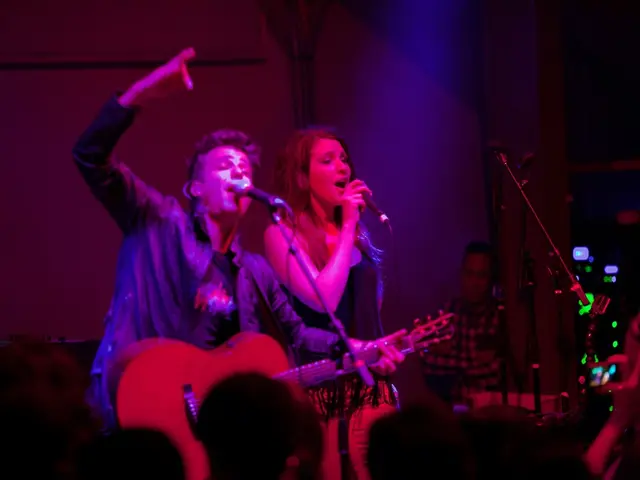Unbelievable Aurora Spectacle in Great Britain
It's not every day you witness something out of this world, but recent events in Great Britain have left people in awe. Normally, auroras can only be spotted in Scotland, but now, these stunning celestial lights have captivated the nation. Reports of visible auroras have emerged in central and eastern England, according to the Met Office, making evenings a bit more magical than usual.
But wait, there's more to this celestial show than meets the eye. Witnesses have also reported a mesmerizing, bright purple band in the night sky – a spectacle known as "Steve." Northern Ireland and other locations bore witness to this spectacular sight, as described by Martin McKenna (Nightskyhunter) on Twitter.
"Steve" in Swatragh last night... what a show! #steve
"Steve" stands for "Strong Thermal Emission Velocity Enhancement" and is reminiscent of auroras but behaves differently and occurs at lower latitudes. The cause: an energetic solar storm that wreaked havoc on northern Europe, creating unique light phenomena.
The solar storms have led to an increase in aurora sightings throughout Europe. As recently as Saturday evening, spectators in the United Kingdom and Ireland could marvel at the auroras, with some even catching a glimpse of the enchantment as far south as Stonehenge. Germany has also recently been treated to these magical displays.
How these wonders are created
The magic begins with solar flares, which release electrical energy in the form of charged particles, such as electrons, protons, and atomic nuclei. These particles interact with Earth's magnetic field and become trapped, compressing the field and creating electrical short circuits in the tail of the Earth's magnetic field. The resulting particle currents excite the atmosphere's particles, allowing them to glow and become visible as the wondrous auroras.
Enrichment insights
The solar activity and coronal mass ejections (CMEs) driving these auroras and "Steve" phenomena have a lot to do with the interaction between the Sun's magnetic field and our own. This complex dance creates various atmospheric effects, from auroras to CMEs, all triggered by the Sun's powerful energy release.
Solar Activity and Auroras
- Solar wind and magnetic fields interact: The Sun frequently releases charged particles, or solar wind, which carries the Sun's magnetic field. As this solar wind interacts with Earth's magnetic field, it funnels into our planet's polar regions.
- Auroral ovals are formed: The interaction between the solar wind and Earth's magnetic field creates two vast rings around the magnetic poles, called the auroral ovals. During times of high solar activity, these ovals can expand, leading to more widespread and intense auroras.
- Particle collisions and colored lights: When solar particles collide with atmospheric gases, they excite the atoms and molecules, resulting in the emission of light. Different gases produce varying colors – oxygen creates green and red, and nitrogen produces blue, purple, and pink.
- Geomagnetic storms and auroral ovals: Intense solar activity can cause geomagnetic storms, which further enhance auroral activity. These storms expand the auroral ovals, leading to brighter auroras.
Coronal Mass Ejections (CMEs) and Auroras
- CMEs and solar flares: CMEs are large releases of plasma from the Sun's surface, which can trigger solar flares. When a CME interacts with Earth's magnetic field, it can cause geomagnetic storms.
- Auroral displays: The interaction between CMEs and Earth's magnetic field can lead to spectacular displays of the aurora borealis.
"Steve" phenomenon
- Thermal emissions: The "Steve" phenomenon is a distinct type of aurora-like display that is caused by thermal emissions in the ionosphere. Unlike traditional auroras, STEVE is not created by particle collisions, but rather by the heating of atmospheric gases.
- Formation and location: STEVE is typically observed at lower latitudes and is most commonly seen in northern Canada, Alaska, and Scandinavia. It appears as a narrow, vibrant streak of light and often appears alongside traditional auroras.
As this magical aurora spectacle continues across Europe, be sure to catch a glimpse if you can – you might be left in awe, just like many others before you.

